2014 Future Proof Storage Summit
One of the most important developments driving the improved performance of all our latest devices isn’t just the processor inside devices, but the storage and it’s interaction with embedded device systems. Flash memory, in particular, helps to overcome some of the inherent bottlenecks in system designs for tablets, smartphones, PCs and more by allowing the increasingly speedy CPUs and GPUs to get faster access to the data they need.
This message came through loud and clear at SanDisk’s recent Future Proof Storage Summit, a customer event held in Shenzhen, China, where key members of the rapidly expanding China Tech Ecosystem—including Rockchip, TCL, Allwinner, HiSilicon, MediaTek and others—came together to look at and discuss the state of current mobile device designs.
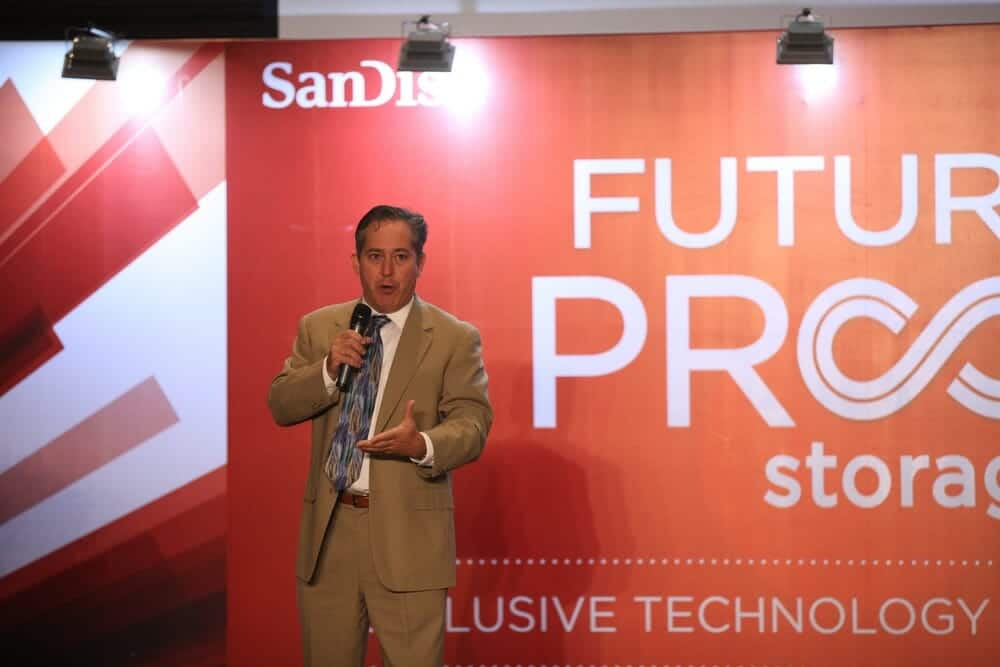 Bob O’Donnell, founder and chief analyst of TECHnalysis Research speaking at SanDisk’s 2014 Future Proof Storage Summit.
Bob O’Donnell, founder and chief analyst of TECHnalysis Research speaking at SanDisk’s 2014 Future Proof Storage Summit.
Through a series of presentations by myself, SanDisk executives and technology partners Rockchip and MediaTek, we laid out a vision of how connected devices, such as tablets, smartphones, and PCs, are expected to evolve over the next few years.
A key takeaway was that each application has different requirements for reading and writing data into storage and flash solutions need to adapt and perform for these various device workloads.
In order to adequately meet those needs, storage vendors and SanDisk engineers have to aggressively research performance-intensive activities that place strains on device systems.
In addition to device-system discussions, SanDisk executives also discussed innovations in the development of flash memory and described the importance of flash storage in the enterprise, where servers are being tasked with everything from streaming enormous numbers of live video streams to analyzing big data to working with the wide range of sensor-based devices that are starting to form the Internet of Things (IOT).
The event concluded with a number of frank roundtable discussions with executives from other large ecosystem partners such as Intel, Microsoft, Qualcomm and NVIDIA, discussing opportunities and challenges in consumer devices, PCs, tablets, smartphones, wearables, online storage services and more. One of the consistent themes heard throughout was the need to provide better communication across the growing range of devices that individuals own and use and how fast, reliable storage—both in the devices and in the cloud—can help meet the growing expectations that consumers will have.
The bottom line is that storage demands are continuing to increase. With innovative flash technology such as SanDisk’s iNAND product family, mobile device manufacturers can keep up with growing capacity trends and with rising mobile user experience expectations.
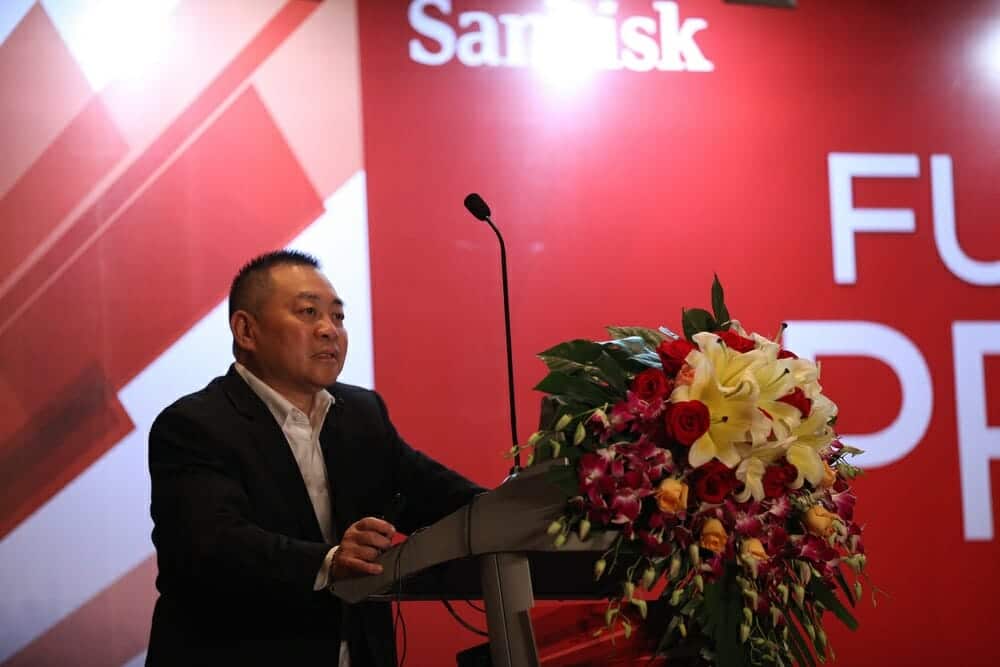
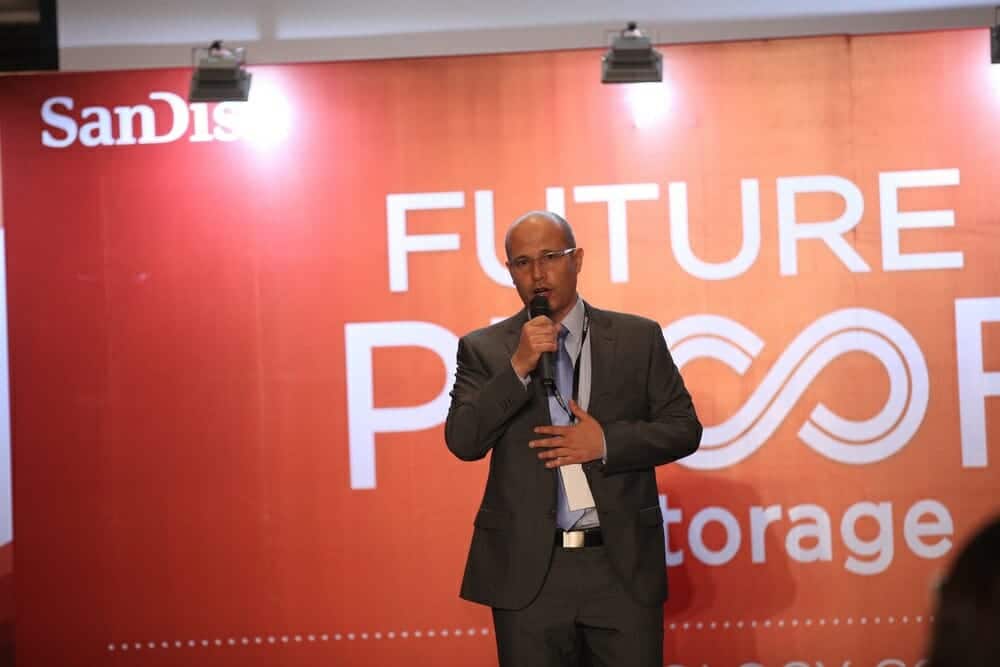
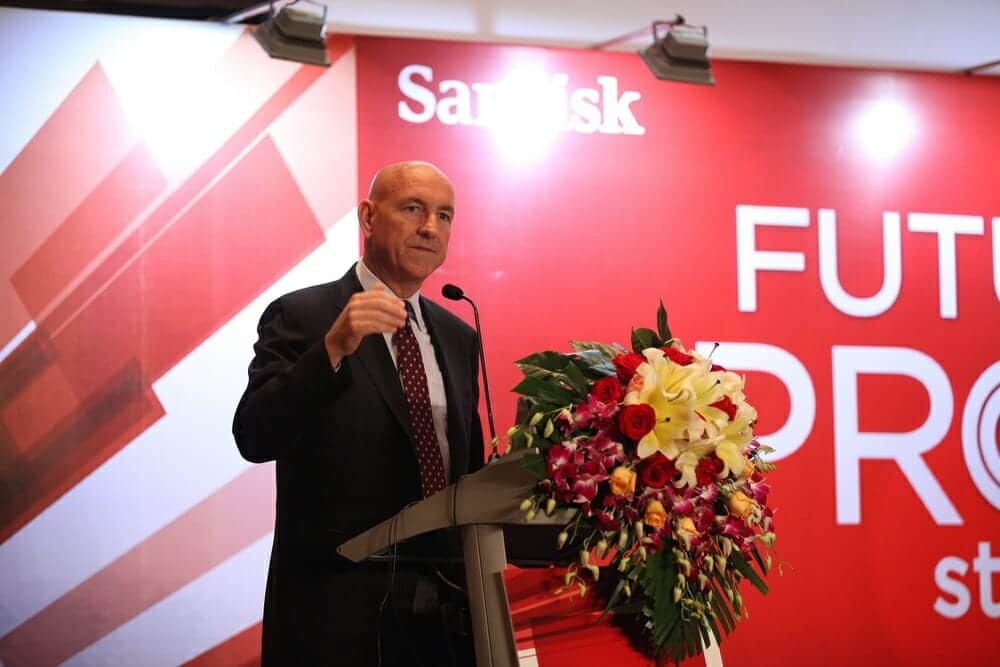
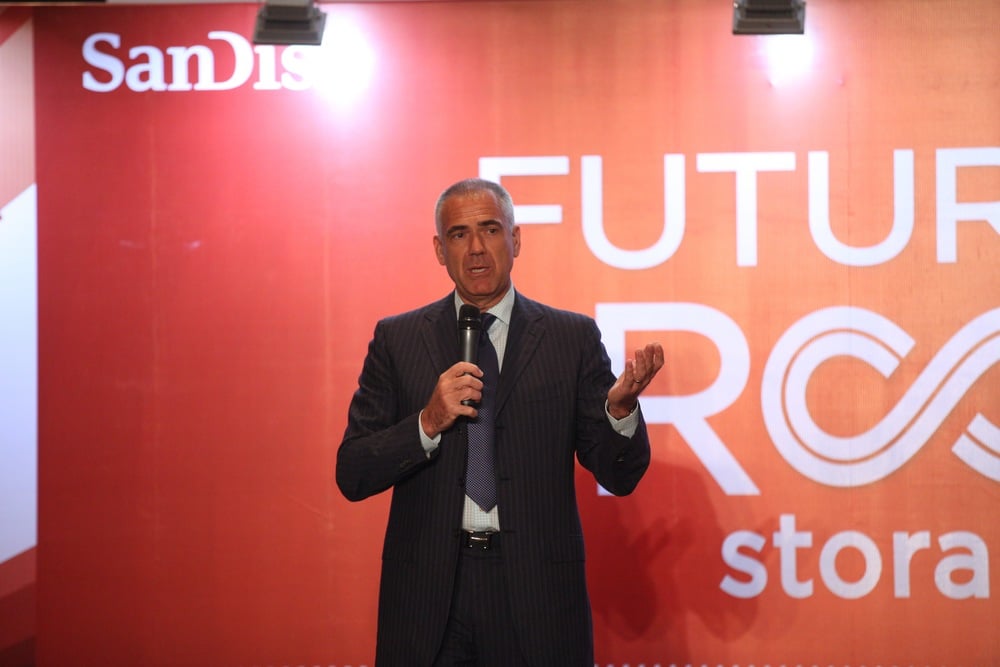


The SanDisk Mobile and Connected Solutions team worked with TECHnalysis Research, a technology consulting and market research firm on the 2014 Future Proof Storage Summit to provide perspectives on the event activities.




